
Become a member
Join today and help protect nature, beauty and history – for everyone, for ever. Enjoy access to more than 500 places with National Trust membership.
Britain's original smart home which sits at the heart of a grand fantasy garden.
Rothbury, Morpeth, Northumberland, NE65 7PX
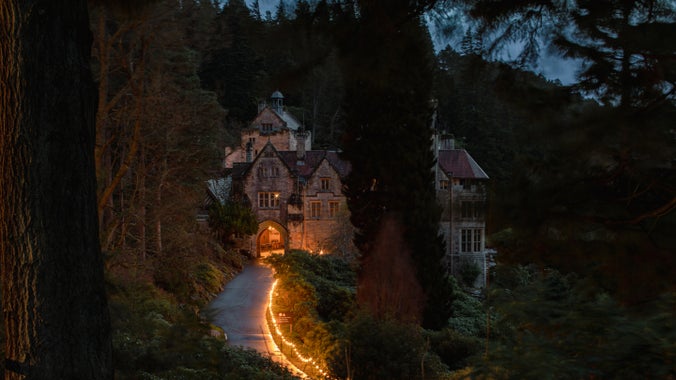
| Asset | Opening time |
|---|---|
| House | 11:00 - 15:30 |
| Garden and grounds | 11:00 - 16:00 |
| Shop | 11:00 - 16:00 |
| Tea-room | 11:00 - 16:00 |
| Carriage Drive | 11:00 - 15:00 |
Last admission to Cragside is 1 hour before Gardens and Grounds close.
| Ticket type | With Gift Aid | Without Gift Aid |
|---|---|---|
| Adult (18+) | £16.50 | £15.00 |
| Child (5-17) under 5s free | £8.30 | £7.50 |
| Family (2 Adults and up to 3 children) | £41.30 | £37.50 |
| Family (1 adult) | £24.80 | £22.50 |
| Ticket type | With Gift Aid | Without Gift Aid |
|---|---|---|
| Adult (18+) | £11.00 | £10.00 |
| Child (5-17) under 5s free | £5.50 | £5.00 |
| Family (2 Adults and up to 3 children) | £27.50 | £25.00 |
| Family (1 adult) | £16.50 | £15.00 |
| Ticket type | With Gift Aid | Without Gift Aid |
|---|---|---|
| Adult (18+) | £29.70 | £27.00 |
| Child (5-17) under 5s free | £14.90 | £13.50 |
| Family (2 Adults and up to 3 children) | £74.30 | £67.50 |
| Family (1 adult) | £44.60 | £40.50 |
The adventure play area is next to Crozier car park. Roughly half way around the 6-mile Carriage Drive.
Parking is available at the main car park, Dunkirk, Crozier and Nelly's Moss. All parking is free.
Dogs are allowed in all outdoor spaces at Cragside. All dogs are welcome in the shop. There is a dog seating area in the tea room. Assistance dogs only inside the House.
Twelve 7kW electric vehicle charging points are available in the main car park. Chargers can be accessed using mobile app, RFID card, or contactless payment device. Visit RAW Charging’s website (www.rawcharging.com/drivers) to download the app in advance of your visit. Chargers are only available during opening hours. Drivers will require their own cable.
There is a picnic area grass lawn between the visitor centre and Tumbleton Lakes. Picnic tables are located on the banks of Nelly's Moss Lakes and Slipper Lake.
The shop can be found at the visitor centre. Open everyday, 11am-3pm.
The tea room is at the visitor centre. It's open 11am-3pm, 7 days a week.
Toilets are located at the visitor centre, next to the stables.
Accessible parking available in the main car park, visitor centre and Formal Garden. Assistance dogs welcome in all areas. Adapted toilets at visitor centre. Wheelchairs are available to borrow from the shop.
Accessible toilets are located at the visitor centre.
The two-tiered main car park is between the House and visitor centre. Accessible parking bays are located towards the House and towards the visitor centre.
An induction loop is available at the tea room and shop.
The tea room is wheelchair accessible with level access at the entrance/exit.
The shop is wheelchair friendly with a low-level till point.
There are some narrow corridors in the House. The ground floor is wheelchair accessible. Unfortunately we are unable to accommodate buggies and pushchairs in the House. Due to limited head space and to protect the items on display, please use front carriers. We can provide a Hippy Chick baby carrier.
Ramped access is available at the House, The Still Room, shop and tea room.
The terrain at Cragside is varied, with steep drops in places. Paths can be muddy and slippery underfoot. Sturdy footwear essential when exploring the grounds.
Cragside operates a free shuttle bus service during the spring/summer season. It stops at the visitor centre, main car park, House, Dunkirk car park, Formal Garden car park and coach park. All visitors can hop on and off. Look out for the red and white bus stop signs. This service operates between 10.45am and 4.45pm, approx. every 35 minutes. Dogs welcome.
Wheelchairs are available to borrow for free. Booking is advisable. Please contact 01669 620 333 to reserve a wheelchair.
Cragside is a Guinness World Record holder! Experience the World's Tallest Bedded Christmas Tree. The Giant Redwood on the grounds has been festooned in over 1300 lights and stands at a whopping 44.7 metres tall. Step into a playful Servants’ Ball inspired by a real-life party for staff in 1894. Festive fun, colourful chaos, and seasonal sparkle await.
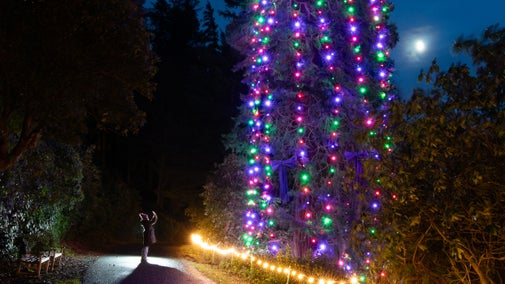
We want everyone to feel welcome when visiting Cragside. In this article we've pulled together some top tips to help you get the most out of your visit.
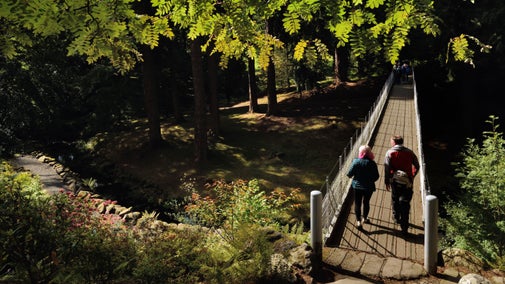
Whether you’re looking for a peaceful stroll or a challenging hike, there is a waymarked walk for everyone at Cragside. A network of 40-miles of footpaths will take you under the canopy of towering trees, across timber bridges, between rugged rocks, along the banks of sparkling lakes and under arches of rhododendron.
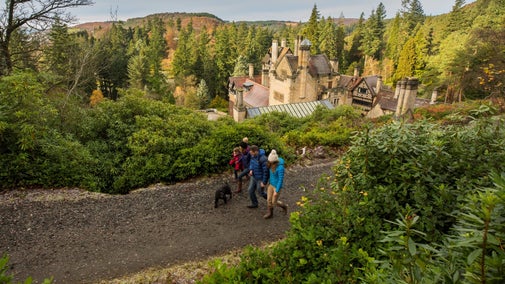
Dog are welcome at Cragside - and we love meeting them too. With over 40 miles of footpaths, Cragside is great place to stretch your legs with your four-legged friend. Read our top tips to help make the most of your visit.

Start planning your routes and trails by pre-downloading a Cragside map. We've included four recommended walks to help you get started.
You're invited to the Servants' Ball. Expect the unexpected, embrace the topsy-turvy and prepare to be joyfully immersed in a creative Christmas spectacular inspired by a real-life ball in 1894. Festivities begin Saturday 28 November.
Explore the maze of paths that criss-cross up the hillside from the Valley. Don't forget to find your way to the Iron Bridge to capture the most photographed view of the House.
Walk under the canopy of some of the tallest trees of their kind in the country through this peaceful part of the grounds.
Experience Cragside by car on this circular 6-mile route around the grounds. Pull into one of the car parks and explore more on a waymarked walk.
Delve into Cragside's pioneering past at the Powerhouse and discover how William Armstrong turned water into light.
Find out how William Armstrong adapted his dock-side hydraulic crane technology to push water up the hillside to the Basin Tank.
The Archimedes Screw was installed in 2014. It's Cragside's modern water-powered generator which produces enough hydroelectricity to light the House.
Stroll around the banks of the Nelly's Moss Lakes. The twin lakes on the top of the grounds were once the vital water stores for William Armstrong's hydroelectricity system.
Cragside is a Guinness World Record holder! Experience the World's Tallest Bedded Christmas Tree. The Giant Redwood on the grounds has been festooned in over 1300 lights and stands at a whopping 44.7 metres tall. Step into a playful Servants’ Ball inspired by a real-life party for staff in 1894. Festive fun, colourful chaos, and seasonal sparkle await.

Bring the kids to Cragside for a big day of adventures. Climb to dizzy heights at the play area and let their imagination run wild at den building. With miles of paths and twists and turns to discover, the grounds will feel like a giant maze for nature explorers. Follow a waymarked walk where you'll uncover routes along lakesides, stone steps to climb, paths through rocky caverns, giant trees and spring wildlife.
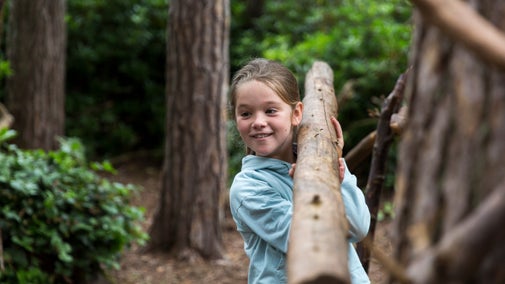
Whether you’re looking for a peaceful stroll or a challenging hike, there is a waymarked walk for everyone at Cragside. A network of 40-miles of footpaths will take you under the canopy of towering trees, across timber bridges, between rugged rocks, along the banks of sparkling lakes and under arches of rhododendron.

Explore the ultimate landscaped garden in Northumberland. With spectacular vision, Victorians William and Margaret Armstrong transformed the grounds from a bare moorside into a fantasy mountain landscape. Created for beauty and function you’ll discover towering trees, overflowing flower beds, trickling burns, dramatic water cascades and engineered lakes that were created to harness the power of water.

Find out how to arrange a group visit or self-led school trip to Cragside to learn the story of hydroelectricity and explore the pioneering former home of William Armstrong.
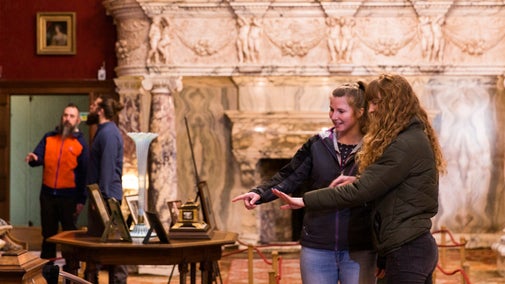
Shake off the Christmas cobwebs on a refreshing winter walk through the grounds. This 5-mile waymarked walk winds along the banks of frost covered lakes and beneath towering trees as your follow the route up and down the hillside.

Discover the historic lakes, engineered by Lord Armstrong as part of his pioneering hydro-electricity system, on this easy circular walk at Cragside, and spot wildlife like frogs and herons.
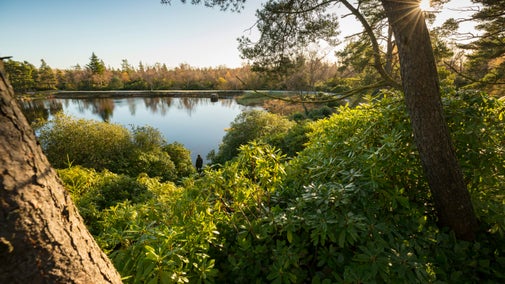
Delve into the mind of the Victorian engineer William Armstrong on this circular walk, which passes rock formations, a lake, and inspirational quotes before taking in views across the rolling hills of Northumberland.

A 2-mile circular walk along the Armstrong Trail at Cragside in Northumberland. Follow the water from Tumbleton lake through the Debdon Valley. Witness sparkling lakes, towering trees and tumbling cascades.
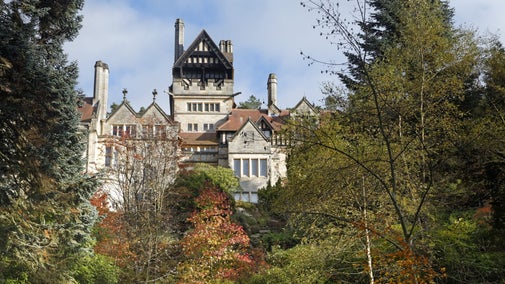
On the Hydro-power Trail you will discover William Armstrong's engineered lakes and experimental technologies that were created to produce hydroelectricity and power hydraulics.

Break up your day by visiting one of the eateries at Cragside, and pop into the shop, set in the old stable block near the tranquil Tumbleton Lake.

These moreish oat, cinnamon and ginger biscuits, with a distinctive crackled top, were created by the chefs in the tea-room at Cragside.

Cook up a batch of this scone-like regional speciality, baked on a hot griddle or frying pan rather than in the oven. Perfect for breakfast or teatime.

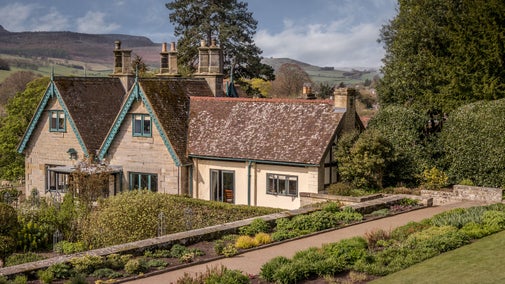
A Northumberland getaway in the blossoming gardens of Cragside.
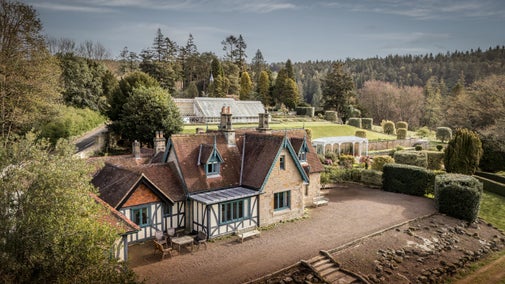
Retreat to this Arts and Crafts style house on the Cragside estate, close to the Northumberland coast.

A luxury lakefront cottage that’s steeped in history and surrounded by stunning views.

A cosy stone cottage in the beautiful grounds of the Wallington estate, perfect for walkers, cyclists and wildlife lovers.

The perfect location for long days exploring the outdoors as well as rest and relaxation amongst nature.
Sorry, there are no upcoming events at this place
Illuminated by hydro-electricity and powered by hydraulics, this pioneering home was filled with Victorian gadgets for efficient modern living. Man-made lakes, tumbling waterfalls and swathes of rhododendron combine to form the surrounding fantasy mountain landscape imagined and engineered by inventor and arms manufacturer William Armstrong and his wife Margaret.
You can wander amongst the towering trees in the Pinetum, explore the weaving paths and tumbling cascades in the Rock Garden and witness the changing seasons in the Formal Garden. See the whole estate by car on the Carriage Drive where way-marked walks and wildlife are waiting to be discovered. Families can adventure through the labyrinth, building a grand design in the den building area and swoop and slide at play area too.
Cragside is often considered to be Britain’s original smart home. Discover more about the creation of Cragside and the people who made the remarkable place we know today.

Cragside's latest acquisition is a Broadwood grand piano and it has a history as dramatic as any Victorian novel. A world-renowned pianist, a dramatic ship-wreck en route to Australia, a flurry of scandalous headlines all contribute to the extraordinary tale behind what seems to be an unassuming grand piano.
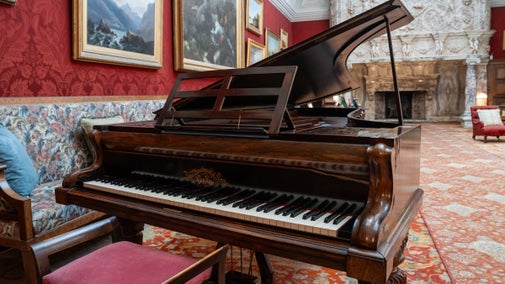
Cragside is one of a few locations that has a population of the UK’s native red squirrels. Discover how we care for this tufty-eared species. Discover how we care for this tufty-eared species.

Keep up with the progress on a major conservation project we’re undertaking to protect the opulent marble fireplace and unique chenille carpet in the Drawing Room at Cragside.
Volunteering at Cragside is a great way to use your experience and skills or learn something new. Find out more about the volunteer roles available and how you can apply to join the team.
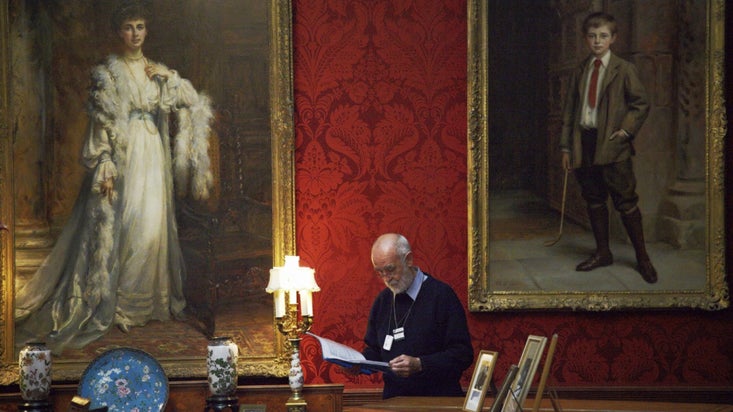
Explore the objects and works of art we care for at Cragside on the National Trust Collections website.


Join today and help protect nature, beauty and history – for everyone, for ever. Enjoy access to more than 500 places with National Trust membership.
By sharing your email address you’re agreeing to receive marketing emails from the National Trust and confirm you’re 18 years old or over. Please see our for more information on how we look after your personal data.